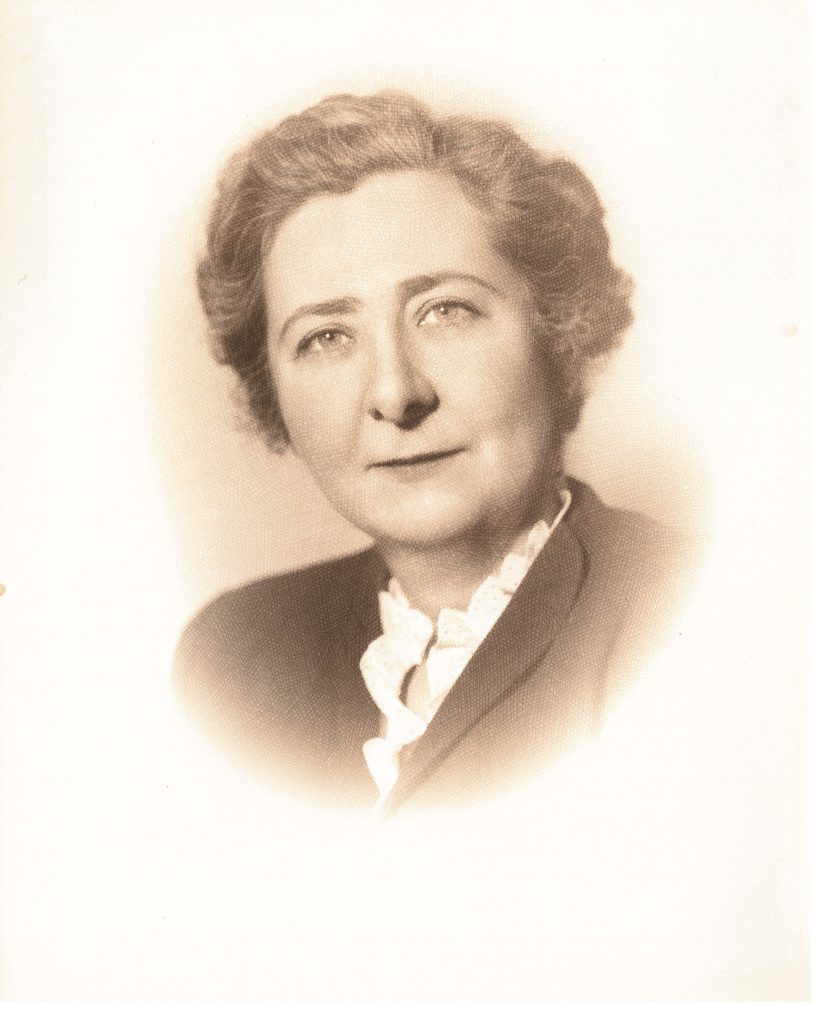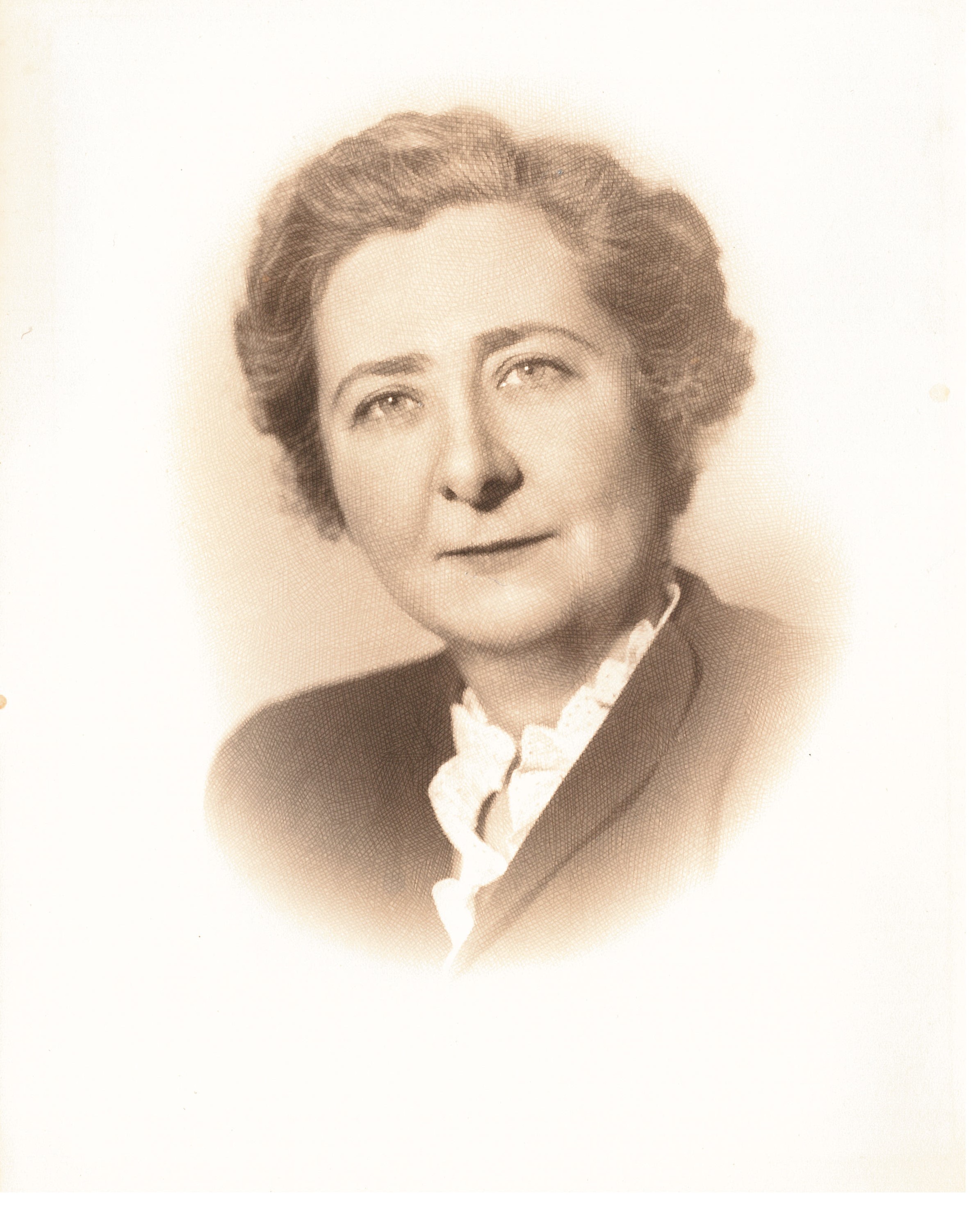[et_pb_section bb_built=”1″ admin_label=”section” background_color=”rgba(0,62,81,0.55)” parallax_method=”off” next_background_color=”#ffffff” custom_padding_tablet=”50px|0|50px|0″ custom_padding_last_edited=”on|desktop” _builder_version=”3.2.2″ background_blend=”overlay” background_image=”https://sites.smith.edu/ssw100-history/wp-content/uploads/sites/256/2018/05/Unknown-date-Day-SSC-203-B50.jpg” module_class=”blue”][et_pb_row admin_label=”row” background_position=”top_left” background_repeat=”repeat” background_size=”initial”][et_pb_column type=”1_3″][/et_pb_column][et_pb_column type=”2_3″][et_pb_divider color=”#ffffff” show_divider=”off” height=”200″ divider_style=”solid” divider_position=”top” hide_on_mobile=”on” disabled_on=”on|on|off” _builder_version=”3.2.2″ /][et_pb_post_title _builder_version=”3.2.2″ meta=”off” featured_image=”off” text_color=”light” title_font_size=”50px” title_line_height=”1.2em” /][/et_pb_column][/et_pb_row][/et_pb_section][et_pb_section bb_built=”1″ specialty=”off” parallax_method=”off” prev_background_color=”rgba(0,62,81,0.55)” custom_padding_tablet=”50px|0|50px|0″ custom_padding_last_edited=”on|desktop” _builder_version=”3.2.2″][et_pb_row admin_label=”row” make_fullwidth=”off” use_custom_width=”off” width_unit=”on” use_custom_gutter=”off” custom_padding=”0px|||” padding_mobile=”on” allow_player_pause=”off” parallax=”off” parallax_method=”off” make_equal=”off” parallax_1=”off” parallax_method_1=”off” parallax_2=”off” parallax_method_2=”off” column_padding_mobile=”on” background_position=”top_left” background_repeat=”repeat” background_size=”initial”][et_pb_column type=”1_3″][et_pb_post_title admin_label=”Categories” _builder_version=”3.2.2″ title=”off” author=”off” date=”off” comments=”off” featured_image=”off” meta_text_color=”#6fbee5″ /][et_pb_code admin_label=”Tags” _builder_version=”3.2.2″][tags][/et_pb_code][/et_pb_column][et_pb_column type=”2_3″][et_pb_text _builder_version=”3.2.2″]
Florence Day reviewed recent casework studies in order to evaluate current casework practice by starting with social workers’ experiences rather than starting with theory. This, then, might reassure those social workers who questioned the new emphasis on theory in their profession by giving evidence for which ones worked in which settings.
It is only when our general professional practice finds new concepts to be practical that our uncertainties are turned into convictions.
Bertha Capen Reynolds’s response follows Days’s essay.
[/et_pb_text][/et_pb_column][/et_pb_row][et_pb_row admin_label=”row” make_fullwidth=”off” use_custom_width=”off” width_unit=”on” use_custom_gutter=”off” custom_padding=”0px|||” padding_mobile=”on” allow_player_pause=”off” parallax=”off” parallax_method=”off” make_equal=”off” parallax_1=”off” parallax_method_1=”off” parallax_2=”off” parallax_method_2=”off” column_padding_mobile=”on” background_position=”top_left” background_repeat=”repeat” background_size=”initial”][et_pb_column type=”1_3″][et_pb_text _builder_version=”3.2.2″]

[/et_pb_text][/et_pb_column][et_pb_column type=”2_3″][et_pb_text _builder_version=”3.2.2″]
[/et_pb_text][et_pb_text admin_label=”Caption” _builder_version=”3.2.2″ module_class=”caption” saved_tabs=”all”]
Florence Day, “A Study of Case Work Practice with a discussion by Bertha C. Reynolds” in Diagnostic and Treatment Processes in Family Social Work, 1935, 14-27.
[/et_pb_text][/et_pb_column][/et_pb_row][/et_pb_section]
